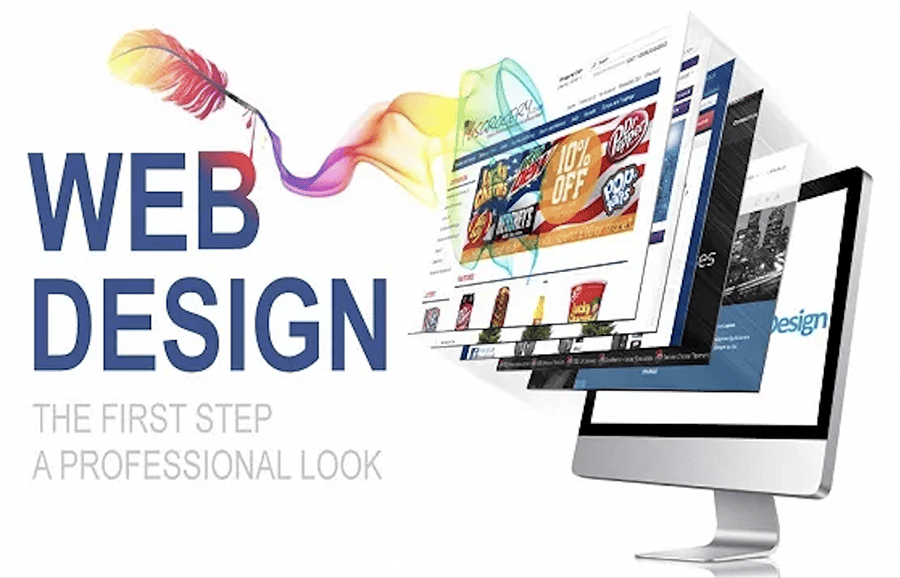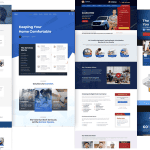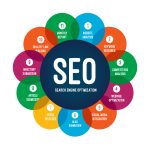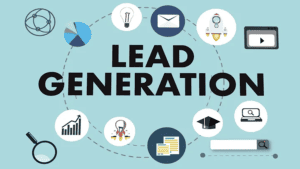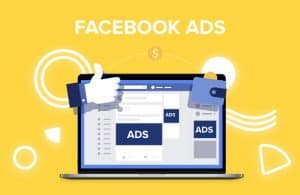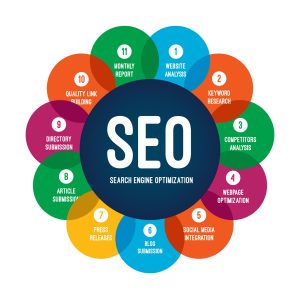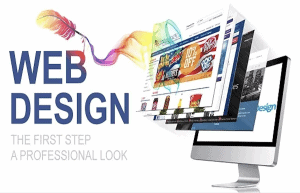 Are you striving to craft a website that stands out from the rest? To ensure success, an engaging, user-friendly and responsive web design is essential. With the correct web design company, you can guarantee your online presence looks professional and is successful. No matter if it’s for business or personal use, having a well designed website should be one of your main priorities in order to give site visitors the best experience possible. In this blog post we’ll cover what makes a great website layout as well as advice on how to identify the ideal website designer for your venture.
Are you striving to craft a website that stands out from the rest? To ensure success, an engaging, user-friendly and responsive web design is essential. With the correct web design company, you can guarantee your online presence looks professional and is successful. No matter if it’s for business or personal use, having a well designed website should be one of your main priorities in order to give site visitors the best experience possible. In this blog post we’ll cover what makes a great website layout as well as advice on how to identify the ideal website designer for your venture.
Benefits of Responsive Website Design
Adapting your website to be responsive has become a go-to choice for web developers due to its many benefits. When using this type of design, the content will automatically adjust itself depending on what device is being used; from desktops and laptops to tablets and smartphones – allowing visitors easy access while also enjoying an optimal viewing experience. Plus, having only one version of the site can save you time and money in comparison to creating different versions for each platform or device.
A further advantage when it comes to SEO rankings is that Google rewards mobile-friendly websites with higher search engine placements than those without – making responsiveness even more appealing! Navigation around the site will also be smoother since all elements are adjusted according to display size so users won’t need any extra zooming or panning out just to view something properly. And because there’s no redirecting needed between differently designed pages (e.g., desktop vs tablet), page loading times should be much quicker too leading up improved engagement rates and better user satisfaction scores!
Finally, due their optimized nature, responsive sites have been known for lowering bounce rates as visitors won’t be turned away by unoptimized pages made primarily for bigger screens only – making them more likely stay longer and explore further within the same domain without running into any issues along the way!
Understanding Web Design Strategies
Creating an effective and efficient website is essential for any successful business. To ensure a good user experience, mobile-first design should be adopted when developing a website as it now accounts for the majority of web traffic. Mobile optimization includes reducing image sizes, larger font sizes and buttons, and responsive layouts which adjust to device size. Additionally, UX considerations such as clear navigation menus with intuitive labels; internal search functions; quick loading content; error messages if required; and regular testing are also important elements to consider during web design.
Branding guidelines should be followed – or created if none exist yet – in order to provide users with an unified experience across different channels. Finally, advanced features like live chat functions, payment systems including e-commerce stores, interactive maps etc., need careful planning from the initial stages of web design in order to mitigate potential technical issues that could lead to lost sales opportunities due to poor user experiences.
Exploring Creative Content for Web Design
When it comes to website design, having creative content is a must. Developing a unique look and feel for your site can not only help you get your message across more effectively but also give you an edge over the competition. To start off, consider what the purpose of your website is and how best to reach that goal through visuals and words.
Including eye-catching images or videos on your page will draw visitors in right away, however don’t forget about text-based content too! Making sure that it’s easy to read while being both informative and entertaining will hold people’s attention while they explore further. Additionally, interactive elements like polls or quizzes are great ways to engage users even after their initial visit as well as build relationships with customers overtime.
Finally, use A/B testing if possible to see which type of creative content performs better in terms of conversions or user behaviors such as page views per visitor or time spent on page etc.. This way you can make decisions based on data instead of relying solely on guesswork when designing websites .
Different Types of Website Designs
When it comes to website design, there are a vast array of options available in the present day. From simple one-page webpages to detailed multi-page sites, you have an almost limitless range of possibilities. The type you choose will hinge on your individual requirements and preferences; however, there are some common types that should be taken into account.
A responsive web design is made to automatically adjust when viewed across different devices and browsers – making sure your website looks great no matter what device or browser someone chooses to view it on. This then makes navigation easier for users as all elements scale correctly with varying resolutions/screen sizes.
Parallax websites offer an interactive experience by way of animation effects as well as layers which give visitors more engaging content when they scroll down the page – whether for storytelling purposes or product launches/games etc.. Adaptive websites use HTML5 coding techniques alongside JavaScript libraries in order to detect user input and change up its layout accordingly depending on what device/browser is being used at any given time – allowing them navigate multiple pages without needing reloading every single page within a site structure each time they require info from another page.
Flat designs have become increasingly popular over recent years due their minimalistic approach that focuses more on usability than aesthetics while still keeping things visually pleasing through modern color palettes and typography choices rather than just visuals alone . Flat designs also boast faster loading times compared with other kinds such as parallax where images must be loaded first before viewing properly – thus taking valuable seconds away per visitor per page view .
Advantages of Professional Websites
Considering website design, a key choice to make is whether or not you should hire an expert web designer or attempt to construct your own site from the ground up. There are benefits and drawbacks of both paths, and it’s essential that you become familiar with them before settling on a selection.
Professionally-built sites usually come with lots of features that could be difficult for someone without technical knowledge to replicate. Additionally, these websites often present a better user interface overall which can aid in attracting more visitors and potential customers. Furthermore, professionals have access to the latest tools and technologies helping ensure your page looks great regardless of what device it is being viewed on.
Ultimately when picking between using a professional website or building one yourself its important that assess all these pros and cons thoroughly prior deciding on an informed decision about which option best suits your needs in any given situation!
Essential Elements for Successful Website Design
Having an effective website design is critical to any business’ success. Whether you’re constructing a webpage for a small company or developing an e-commerce platform for a bigger firm, there are some essential elements that must be included in order for it to be successful. Here are the most important components:
Navigation Bar: For simple navigation and page access, make sure your navigation bar is easy to find and use with one click. Include drop down menus, links to other pages, and even search functions so that users can easily find what they need without getting lost in the process.
Layout/Design: Structure your layout so that key points on the site stand out and all necessary information is presented clearly. Be sure all text is readable as well – no one wants difficulty deciphering important details about products or services offered!
Content: Quality content will draw people in while giving them useful information quickly and effectively; concise yet engaging writing should grab their attention right away!
Images/Videos: Visuals add interest as well as engagement potential; use high quality images/videos instead of pixelated ones if you want customers further down the sales funnel!
Mobile Responsiveness: With more people using mobile devices than ever before, ensure that every section of your site works accordingly across all platforms by testing its responsiveness prior to launching online – this way no potential customers get turned off due to it not looking proper from their device at home.
The Benefits of Working with a Professional Website Design Company Conclusion
To wrap up, having an effective website is absolutely essential for the success of any business. Responsive Website Design can help to make sure that your webpages look amazing and function properly on all kinds of devices, from desktops to smartphones. By working with a website design company you can have the assurance that your internet site will meet all of your requirements as well as incorporate modern trends in web development and technology. With the correct professionals behind you, you can be confident that your web presence will make a positive impression on visitors.
For all your website design and marketing services please call us (516) 418-6310 and start getting new customers for your business.

